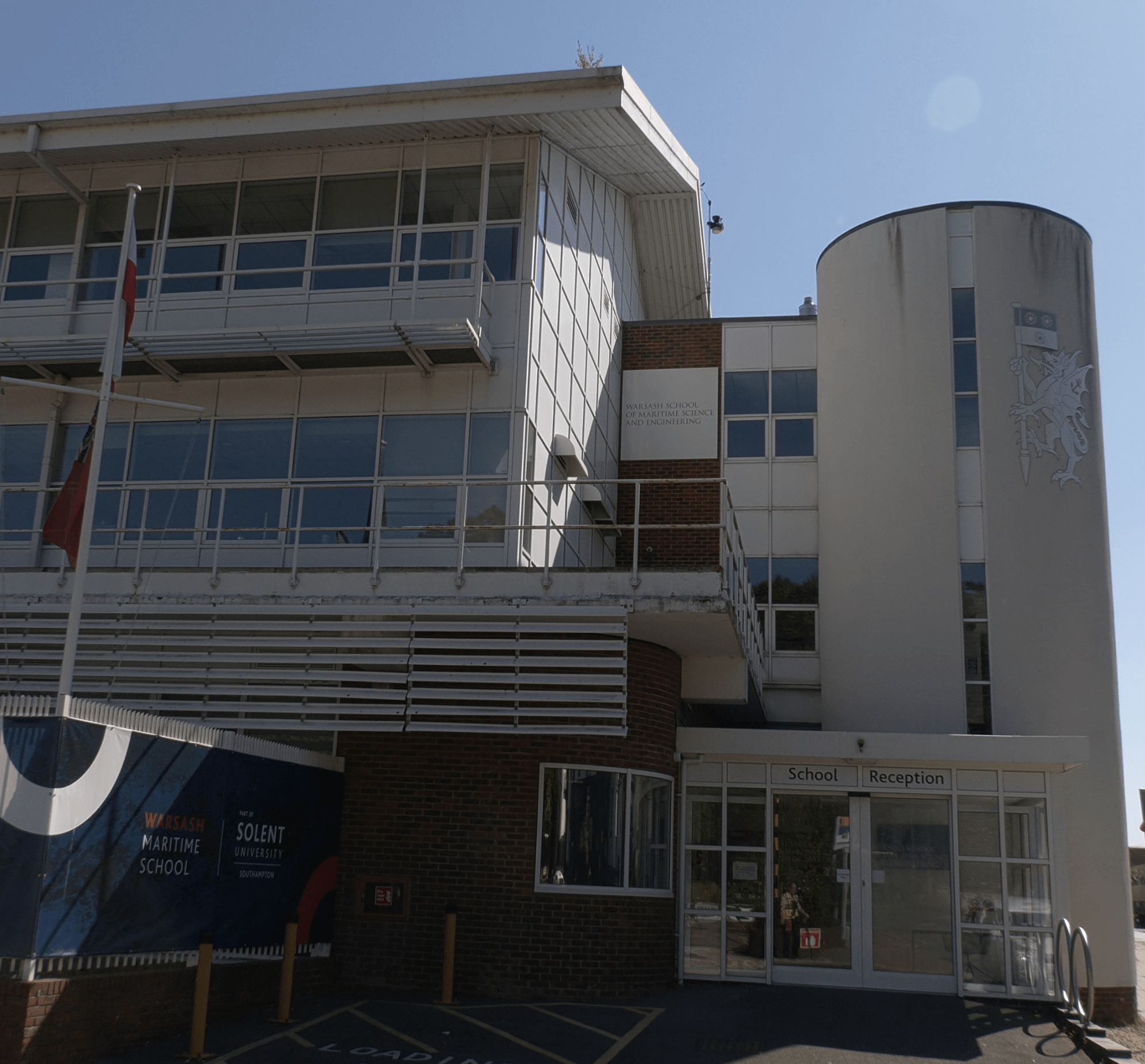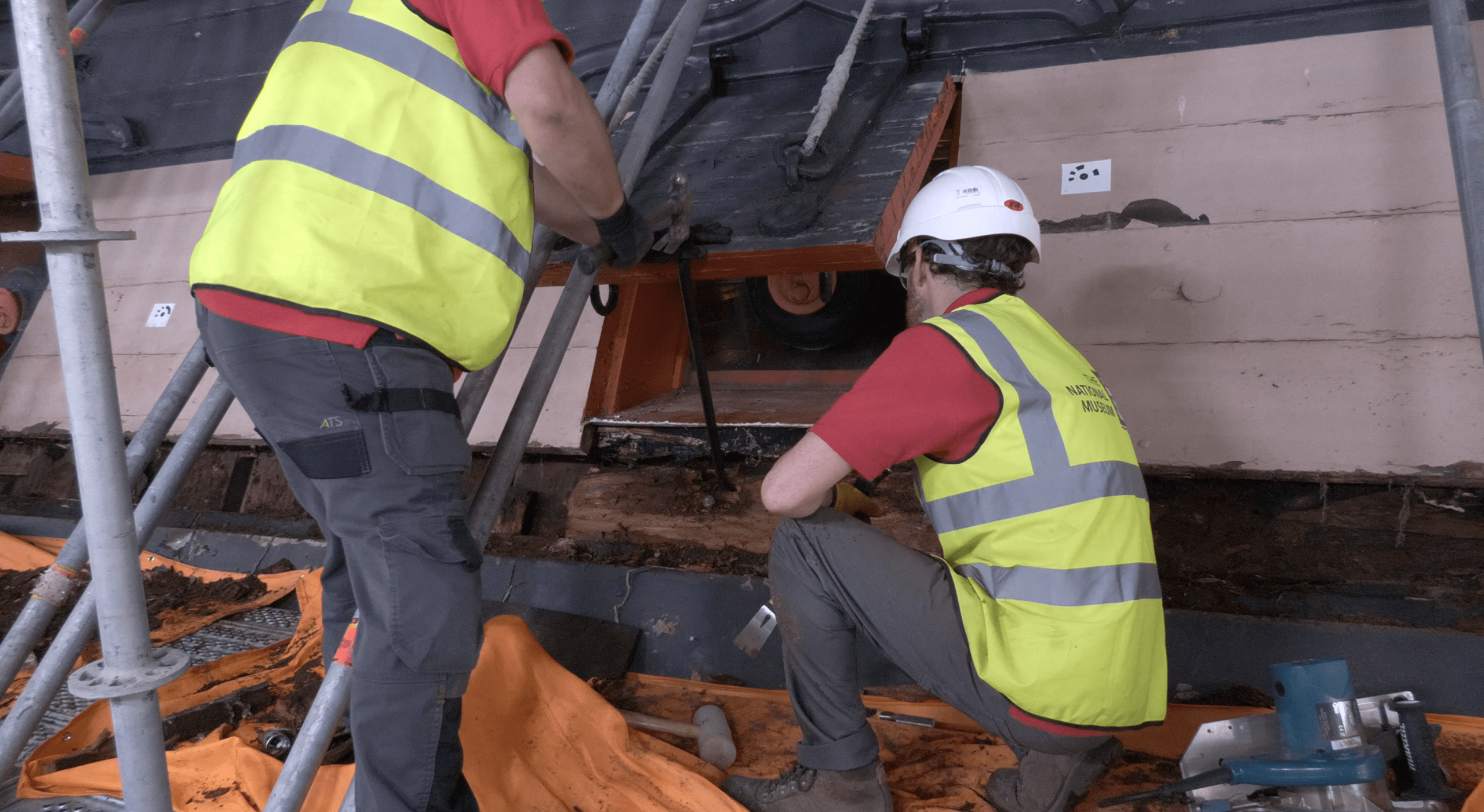With British seafarers directly employed by British ship owners now far fewer than in the heyday of Pax Britannica – because of the decline of British ship-owning – getting young people to think about a career at sea has become a real challenge. For all that, British seafaring skills and the training for those skills are highly rated, with courses such as those provided by Southampton Solent University (picture) attracting students from all over the world. The ships may often not be ours now, but UK maritime careers are still major opportunities. Much in demand: engineers. The RN went so far as to run a ‘Relive A Life Without Limits’ campaign, to attract departed RN engineers back into the navy. So how to encourage more young people to look at this golden opportunity? Step forward The Wellington Trust’s ‘Future Maritime Engineers’ project…
ENGINEERING A MARITIME FUTURE






